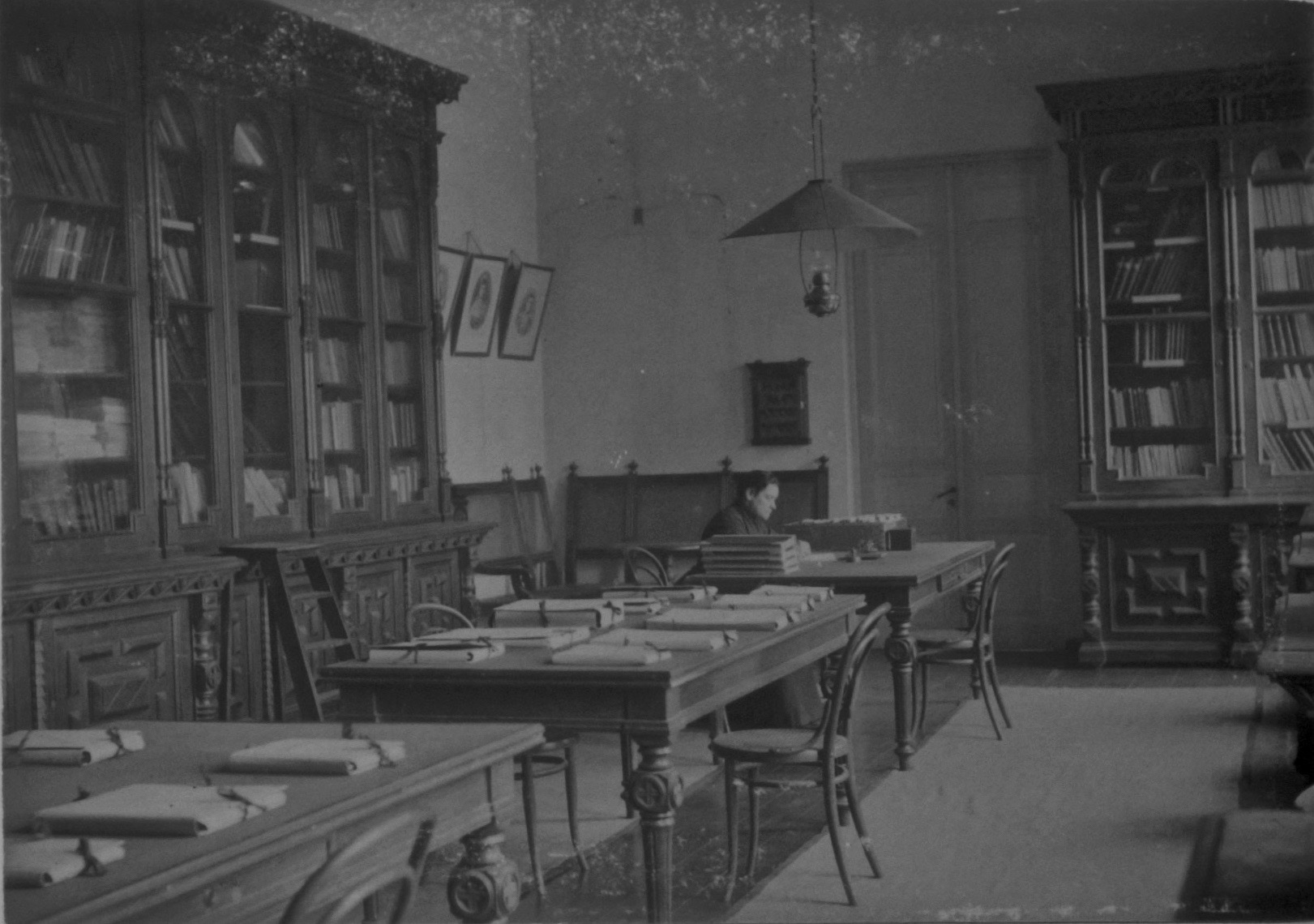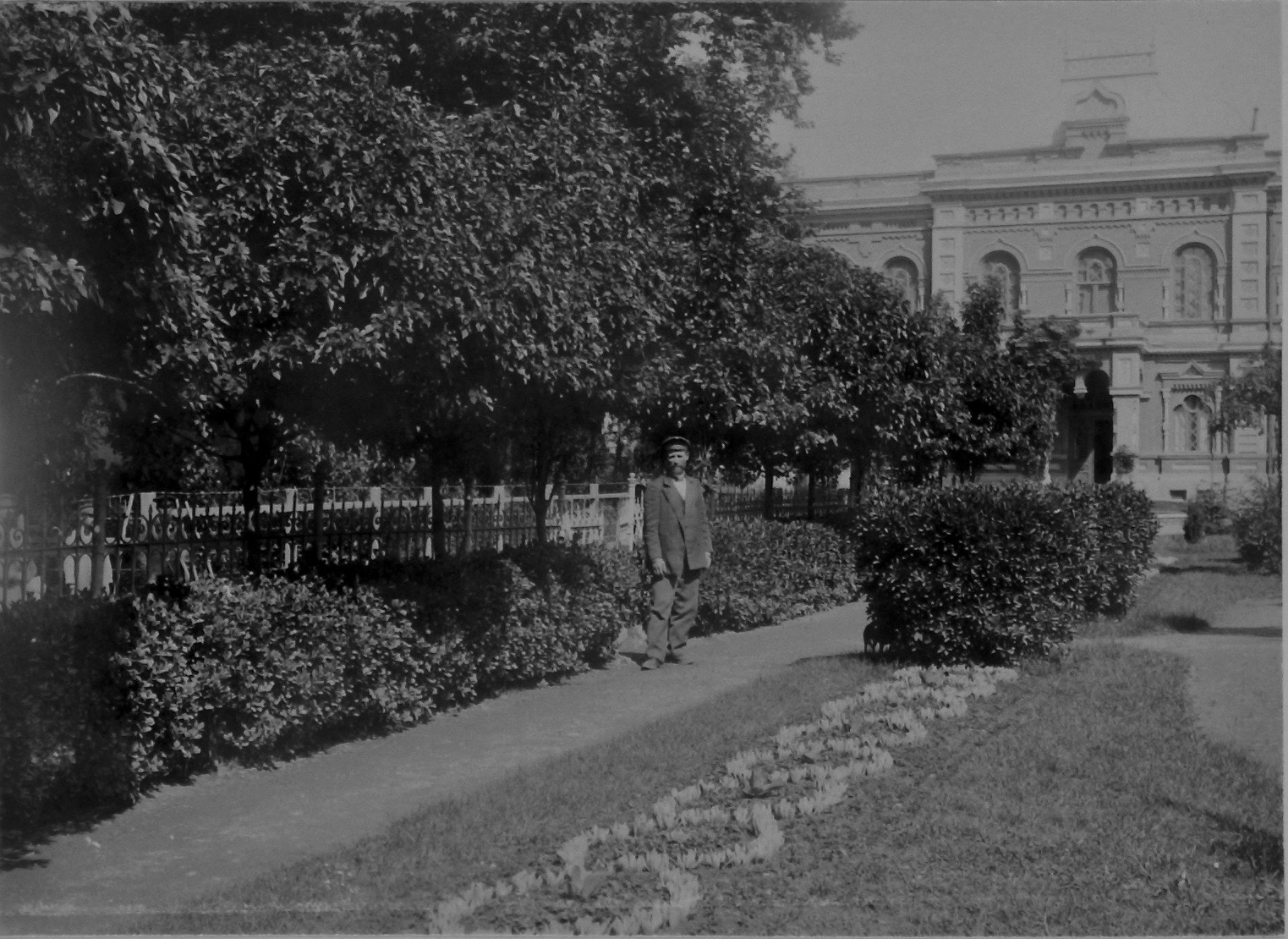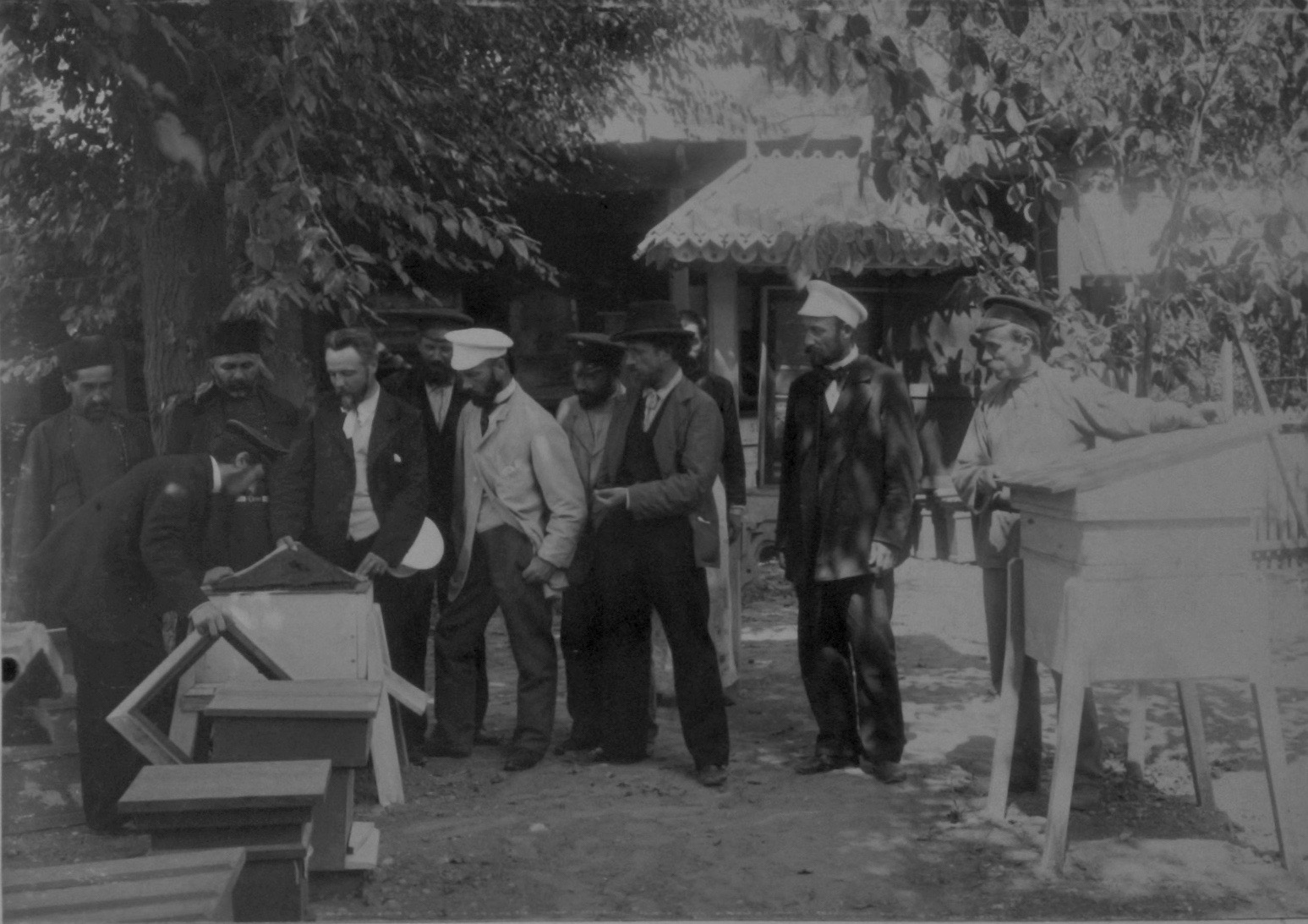Museum history starts with The Caucasian Sericulture Station - a research institute and educational center of the Caucasus region established in 1887. The founder of the complex, biologist Nikolay Shavrov, developed the concept of the station based on the European model. The station aimed to control silkworm egg health with Pasteur method, promote and develop sericulture and apiculture throughout the region. Situated in the main building, the museum and library, with their various collections and books, played an important role in the educational activities of the station and contributed to the increase of public awareness in this field.


The Caucasian Sericulture Station was located in the Mushtaid Garden in Tbilisi. It consisted of 23 buildings with various functions, two of which have been preserved to this day: the museum and staff residential house. The author of the architectural project of the complex and the design of exhibition furniture is a Tbilisi based architect of Polish origin Aleksander Szymkiewicz.
Throughout history, the Caucasian Sericulture Station changed its function and status several times. In 1929, it was turned into a research institute that functioned until the 1970s. In 1981, the building was given to Dinamo stadium, and the survival of the museum became questionable. The battle to save the museum, led by Irine Chotorlishvili in 1986-88, was a success, and it began to function under the leadership of the Bureau of Sericulture. In 2006, the management of the organization changed from the Ministry of Agriculture to the Ministry of Culture and the institution acquired state museum status.





